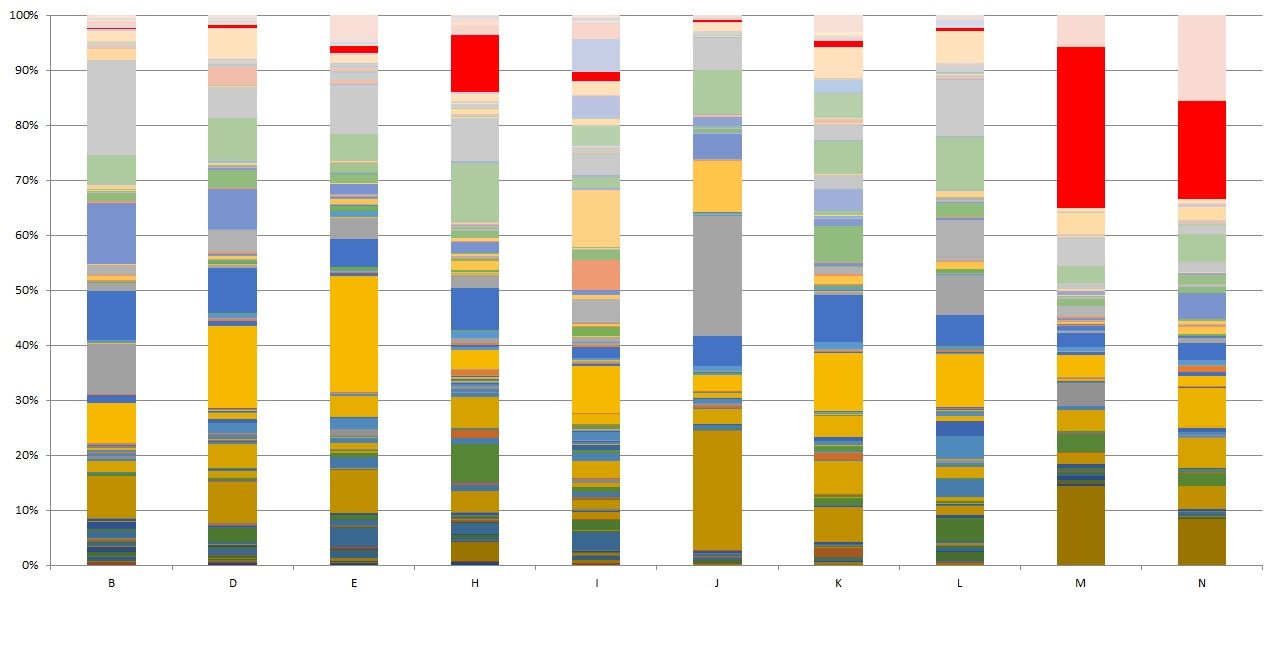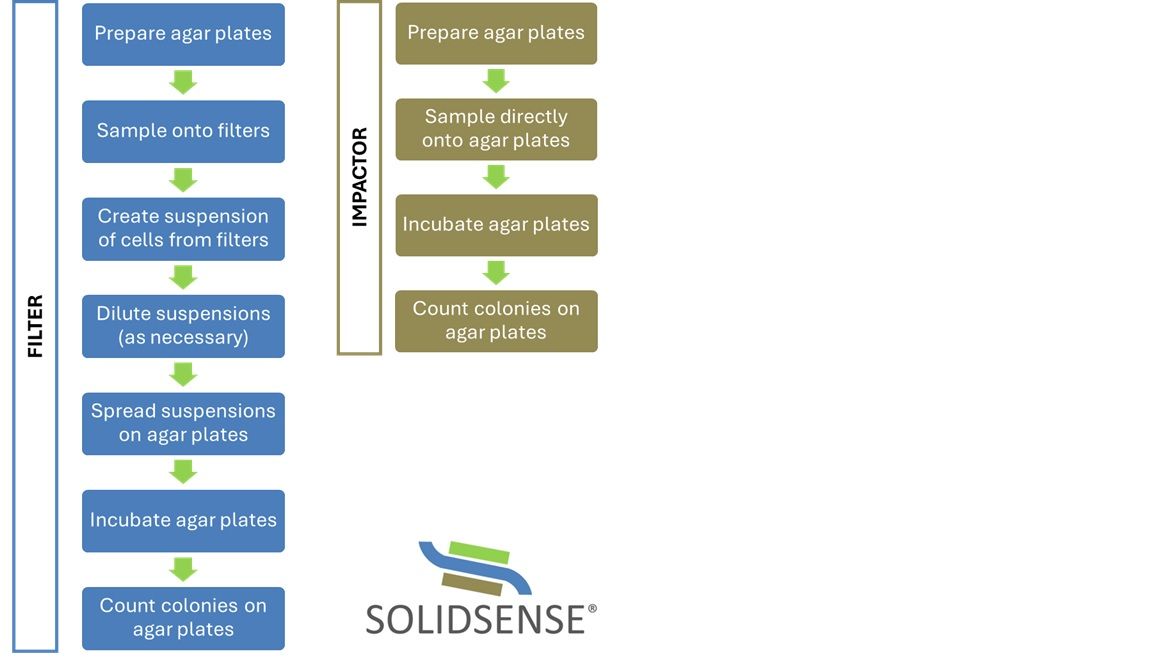WHAT ARE BIOAEROSOLS?
A bioaerosol is a suspension of particles in air - specifically microbial cells (such as bacteria, filamentous fungal spores, yeasts and viruses) and non-living cell components.
We can study bioaerosols using culture dependent and culture-independent techniques. For example, culture dependent techniques involve taking a bioaerosol sample transferring in to agar plates and letting living (viable) cells present grow. By comparison culture-independent techniques can typically analyse a wider range of microorganisms including those that can't be grown on common agar types.

BIOAEROSOL MONITORING APPROACHES
There are a number of approaches available for sampling bioaerosol from passive deposition onto surfaces to active sampling approaches.
Active sampling approaches include impactor, filter, cyclone and impinger. Of these impactor and filter and more commonly used for bioaerosol monitoring at organic waste recycling sites. One of the reasons for this is that these two approaches are specified in the Environment Agency M9 guidance note for bioaerosol emissions monitoring at composting sites.
The figure here shows the steps involved in the filter and impactor approaches.
KEY MICROORGANISMS
Microbial communities in composting processes and organic wastes are very diverse.
The majority of microorganisms in bioaerosols are harmless; however, some microorganisms are opportunistic human pathogens. Hence the need for bioaerosol monitoring.
The filamentous fungus Aspergillus fumigatus is both good and bad. Although it is an opportunistic human pathogen as a thermotolerant microorganism it can also be a key composting community member throughout the composting process cycle.
Molecular microbial community analysis (left) shows the relative abundance of A. fumigatus in different composting processes and samples.


